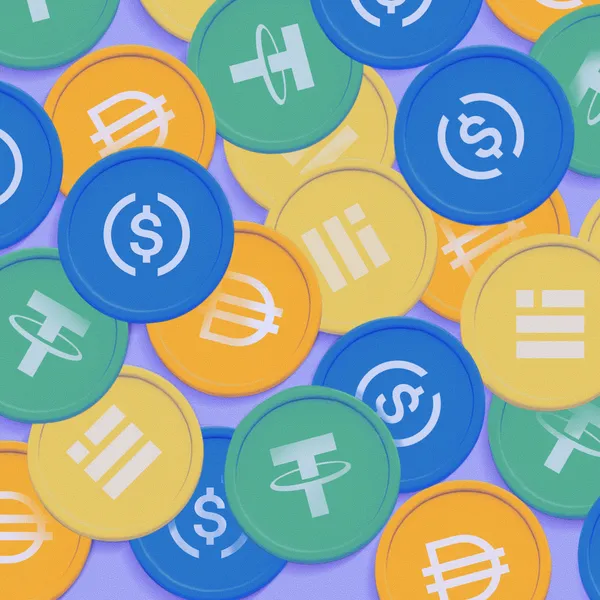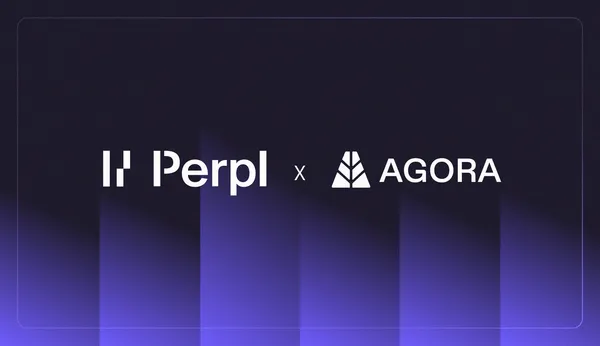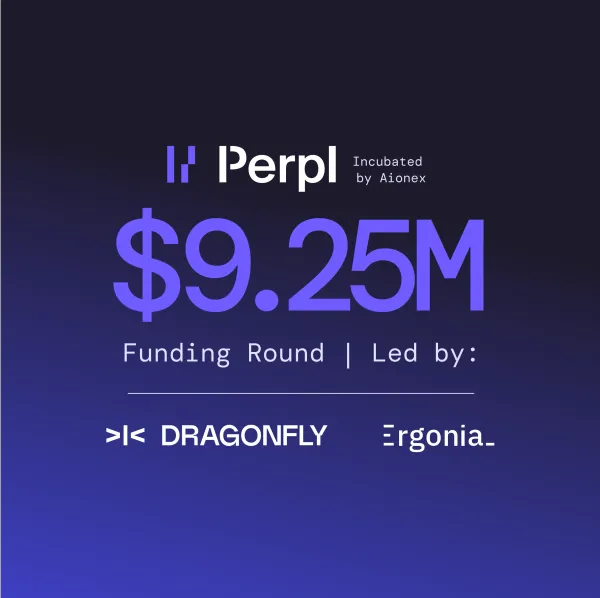Stablecoins are a core part of DeFi trading and recently have become one of the largest growing sectors in crypto. Many exchanges, including Perpl, rely on stablecoins to underpin transactions and new types of stablecoins are popping up all over the market with interesting and exciting mechanics. But what exactly are stablecoins? In this blog we will break down what stablecoins are, how they work, some popular stablecoins, their use cases, and how AUSD will underpin all trading on Perpl.
Intro to Stablecoins
Stablecoins are a type of crypto asset that are designed to maintain a stable value and avoid major price fluctuations like Bitcoin or other non-stable crypto assets. Stablecoins typically maintain a 1:1 peg with some sort of fiat currency, often the US Dollar. Stablecoins bring the benefits of crypto like speed, programability, and accessibility to the stability of fiat currencies. This stability may make them a weaker speculative asset but is essential for payments, trading and DeFi.
How Stablecoins Work
There are a few different ways that stablecoins maintain their peg:
- Fiat collateral: Stablecoins with fiat collateral are backed by reserves held in banks. These reserves can be literal dollars or dollar treasury bills. Examples include USDC or USDT.
- Crypto-collateralized: These stablecoins are over-collateralized with other crypto using smart contracts to absorb volatility. An example includes DAI.
- Algorithmic (non-collateralized): Algorithmic stablecoins use economic incentives and smart contracts to expand or contract the supply in order to maintain a peg. Though historically, these stablecoins have not proven to be very stable (e.g. TerraUSD).
Each type of collateralization provides different trade-offs between transparency, decentralization, and risk.
Popular Stablecoins
There are many different stablecoins on the market all with unique selling points. Some major ones include:
Tether (USDT): Largest and most liquid stablecoin by market cap and pegged to the U.S. Dollar.
USD Coin (USDC): Created by the company Circle, USDC is backed by US dollars and U.S. Treasury Bills. Users who hold USDC on Coinbase can earn yield on their holdings from the yield the Treasury Bills create.
DAI: Mentioned before, DAI is a crypto-backed stablecoin. While arguably the most decentralized and crypto-native stablecoin, it has seen volatility in extreme market conditions.
Agora USD (AUSD): Institutional grade stablecoin backed by cash & short-dated U.S. Treasuries. Holders earn 4+% on their tokens.
Stablecoins Main Use Cases:
Stablecoins have many use cases, just like regular currency, with new ones being created all the time. Some of the main use cases include:
- On/Off ramps: Stablecoins allow you to easily go from dollar to stablecoin to crypto and are an easy entry and exit point for crypto traders.
- Trading & liquidity: Stablecoins act as base pairs on exchanges and as vault collateral.
- Cross-border payments and remittances: Stablecoins decrease the time and fees associated with sending money cross-border and can help people in countries with unstable currencies protect their assets.
- DeFi yield & lending: Users can earn yield by supplying stablecoins (liquidity) to DeFo protocols and certain stablecoins also earn yield automatically.
- Regular shopping activities: New companies are emerging that make it easy to pay at IRL establishments with stablecoins.
Agora x Perpl
Recently, we announced that we will be integrating Agora’s AUSD to Perpl as our stablecoin of choice for all trades. Integrating with AUSD means that users will be able to passively earn 4%+ APY on their deposits while also making trades. This integration is a great example of composable yield and allows users to passively earn while participating in other DeFi trading.
In Summary
Stablecoins have quickly become the backbone of crypto and DeFi trading. They bring stability, liquidity, programmability and ease to the rapidly growing crypto space. Our integration with Agora shows how onchain yield and trading can be tightly paired and increase capital efficiency for all users.






